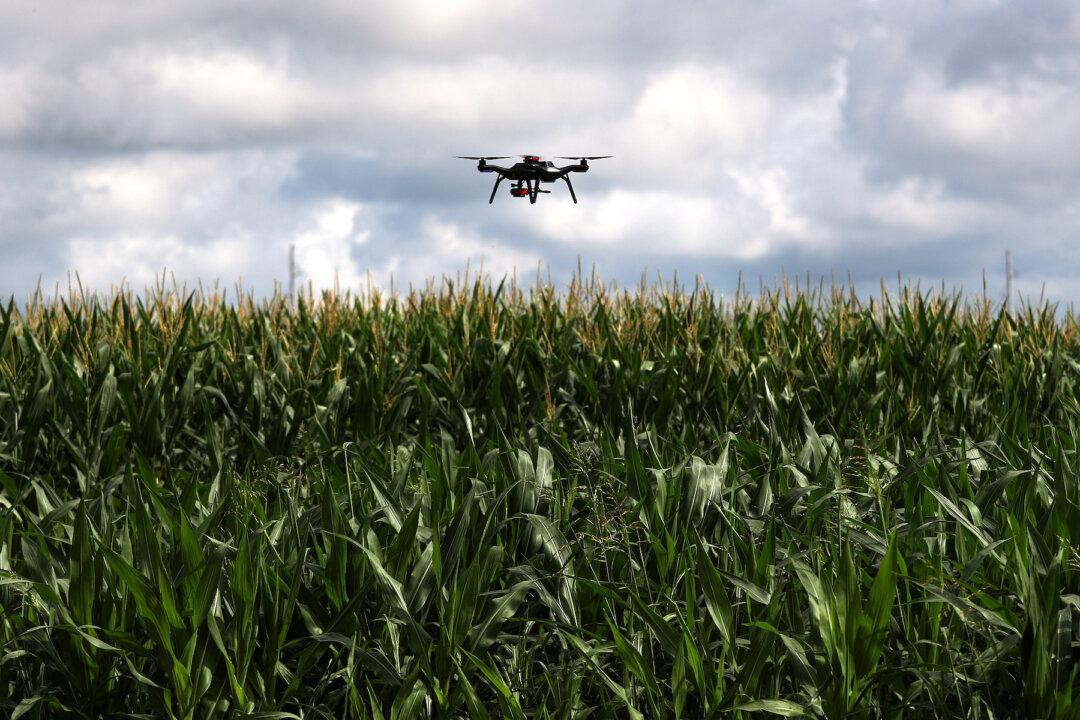The Federal Aviation Administration (FAA) filed a proposed rule on Thursday that would require most drones operating in U.S. airspace to allow remote tracking.
The proposed rule involves equipping drones with remote identification (remote ID) technology which would function like an electronic license plate. The rule, which would take effect within three years after it is finalized, would require all drones that weigh more than 0.55 pounds to allow themselves and their operators to be tracked and identified at all times during flight.




